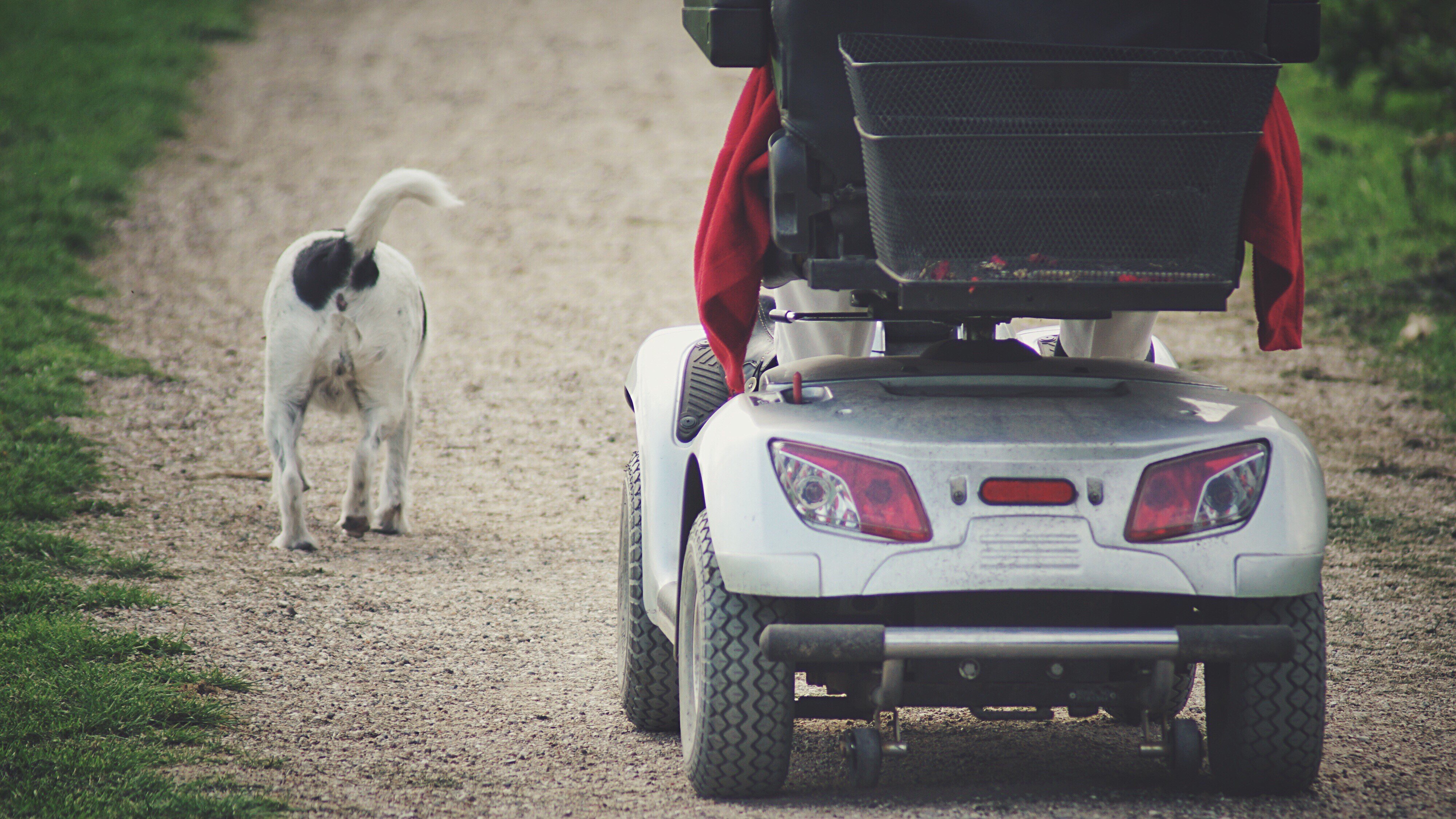A Comprehensive Guide to Buying a Mobility Scooter
Mobility scooters have actually ended up being a crucial tool for many people seeking to boost their self-reliance and mobility. With a large selection of models and functions available, choosing the ideal mobility scooter can be daunting. This article offers a useful guide to help consumers browse their options, evaluate their requirements, and make a notified purchase.
Comprehending Mobility Scooters
Mobility scooters are electric lorries developed for individuals who experience mobility obstacles. They are especially advantageous for elders, those with impairments, or individuals recovering from injuries. Mobility scooters can differ widely in regards to design, functions, and pricing.
Types of Mobility Scooters
Before starting a purchase, it's essential to understand the various types of mobility scooters offered:
Three-Wheel Scooters:
- Generally more maneuverable in tight areas
- Lightweight and portable
- Perfect for indoor use
Four-Wheel Scooters:
- Offer greater stability and balance
- Ideal for outside usage over numerous terrains
- Usually have a longer battery life
Foldable/Portable Scooters:
- Designed to be easily transferred and kept
- Can often suit the trunk of an automobile
- Perfect for those who travel often
Durable Scooters:
- Built to accommodate bigger individuals
- Frequently come with more robust functions for outside usage
- Usually equipped with bigger batteries for prolonged variety
Aspects to Consider When Buying a Mobility Scooter
1. Weight Capacity
Choose a mobility scooter that can support the user's weight. Many scooters have a weight limit varying from 250 to 500 pounds. It is important to make sure that the scooter can accommodate the user comfortably.
2. Range and Battery Life
The range is how far the mobility scooter can travel on a single charge. Common ranges vary between 10 to 30 miles. Consider the user's day-to-day activities and choose a scooter with an appropriate variety.
3. Scooter Dimensions
Consider the size of the scooter, including its weight and dimensions. A more compact scooter may be perfect for narrow hallways and tight areas, while bigger designs use additional stability and convenience.
4. Surface Capability
Evaluate where the scooter will primarily be utilized. If the user prepares to travel mainly on pavement, a lightweight model may be sufficient. Nevertheless, if the user requires to pass through gravel or irregular surface areas, think about a four-wheel scooter constructed for off-road usage.
Leading Features to Look For
Convenience
- Adjustable Seats: Look for scooters with cushioned and height-adjustable seats to ensure convenience throughout travel.
- Armrests: These boost security and assistance while browsing.
Security and Visibility
- Headlights and Taillights: Essential for nighttime use.
- Turn Signals and Reflectors: Improve presence and security while on the roadway.
User-Friendly Controls
- Joystick or Drive Controls: These ought to be instinctive and easy to manipulate.
- Easy-to-Read Displays: A control board that reveals battery life, speed, and range can improve the user experience.
Additional Features
- Storage Compartments: These provide added convenience for carrying individual items while on the go.
- Weather condition Protection: Consider models with rain covers or windscreens if used in variable weather.
Cost Considerations
When budgeting for a mobility scooter, prices can range anywhere from ₤ 500 to over ₤ 5,000 depending upon the model, features, and brand. Additional costs may include:
- Extended Warranty: Protects against flaws and can conserve money in the long run.
- Devices: Optional functions, such as updated seats, lights, or storage options.
| Feature | Expense Range |
|---|---|
| Standard Models | ₤ 500 - ₤ 1,500 |
| Mid-Range Models | ₤ 1,500 - ₤ 3,000 |
| High-End Models | ₤ 3,000 - ₤ 5,000 |
Financing Options
Many merchants use funding plans, and some regional federal government efforts may supply grants or support for those in requirement. Investigate possible financial assistance with neighborhood resources or mobility service organizations.
Frequently asked questions about Buying a Mobility Scooter
What is the difference in between a mobility scooter and a wheelchair?
Mobility scooters are motorized and enable users to navigate independently, while wheelchairs might require physical support or manual operation.
How do I preserve a mobility scooter?
Regular upkeep involves inspecting battery life, cleaning up the scooter, and checking tires and brakes. Constantly refer to the user handbook for particular standards.
Can mobility scooters be utilized inside?
Yes, lots of models are developed for both indoor and outdoor use. However, three-wheel scooters tend to be better matched for indoor navigation due to their tighter turning radius.
Are mobility scooter s covered by insurance?
Some insurance prepares cover a part of the expenses for mobility scooters if they are considered medically necessary. Contact your company for particular details.
How quickly can a mobility scooter go?
Most mobility scooters have a maximum speed varying from 4 to 8 mph. Nevertheless, the proper speed might vary depending on regional regulations.
Buying a mobility scooter can substantially improve one's independence and lifestyle. By comprehending the types, functions, and costs associated with mobility scooters, potential buyers can make well-informed decisions that fit their requirements and choices. Personalization and extensive research are key to guaranteeing complete satisfaction with this important investment.

